Compression gear benefits anyone at any activity or health level, whether you're a beginner to sports, a professional athlete, or someone who flies frequently or spends a lot of time at a desk or on your feet. But even a quick online search reveals many types of compression wear, making it a bit daunting to figure out which type is more beneficial.
Compression Socks vs. Calf Sleeves: What's the Difference?
The most significant difference between compression socks and calf sleeves starts with their design. Compression socks cover the entire foot, ankle, and calf. Compression calf sleeves start above the ankle, leaving the foot uncovered, and the cuff rests below or at the knee.
Compression socks provide full-length gradient compression from the foot upward, enhancing circulation throughout the lower leg. Both designs offer the same benefits to blood circulation with graduated compression, meaning the compression gets lighter as it moves up the legs. Our men's compression socks, women's compression socks, and sleeves also offer proper graduated compression of 15-20 mmHg, perfect for meeting several needs.
However, compression socks help your body send blood from your feet to your heart, while compression sleeves focus more on sending blood up from the ankles. This difference in coverage means that wearing calf sleeves for too long after exercise can lead to fluid retention in the feet, which is counterproductive to recovery and can cause discomfort.
So, what does that mean? Are compression socks better than compression calf sleeves? Do socks offer more benefits than calf sleeves?
The Benefits of Both Sleeves and Socks
The two most critical benefits of compression sleeves and socks are reducing swelling and easing soreness after a workout or after working a long shift that requires you to remain on your feet. Since a compression sock covers your entire feet, it is much better at preventing and helping with foot swelling than a compression sleeve.
Compression sleeves can work on preventing your calves from swelling or easing pain in the calves and shin, but not anywhere else.
Compression Socks: Perfect for Travel, Desk Work, and Recovery
When traveling or seated for prolonged periods, keeping your feet on the floor for five or more hours can cause your feet and legs to begin swelling. Swelling can happen when there isn't enough blood returning to your heart, as the blood stays pooled in the legs. Because compression socks envelop the entire foot, ankle, and most of the calf, they are ideal for those who frequently travel, work long hours on their feet, or have a job that requires them to be seated at a desk.
Many of us are seated for several hours daily, whether due to employment, travel, recovery, or other reasons. Even if we're afforded the freedom and ability to move around and stretch our legs, we still spend much of our day sitting down.
Compression socks also provide additional support to the ankle, which is particularly beneficial for sports involving frequent jumps and rapid lateral movements. This can help reduce the risk of ankle injuries, a feature that calf sleeves do not offer.
After high-intensity workouts, running, or exercise, we recommend wearing cushioned compression socks to help with muscle recovery. They promote better blood flow throughout the body and muscles. Calf sleeves, conversely, are not recommended for post-exercise recovery due to their lack of foot coverage, which can lead to discomfort and swelling.
Compression Sleeves: Perfect for High-Intensity Workouts and running, Shin Splint Prevention
Compression calf sleeves are ideal for high-intensity runs and workouts. Sleeves compress the muscles to ensure that your blood circulates everywhere it needs to go when you need those muscles to work the hardest. While compression sleeves don't necessarily prevent swelling in the feet or ankles the same way compression socks do, they can avert sore muscles by helping your muscles remain oxygenated with proper circulation.
Since compression sleeves are designed to target specific muscles in the leg, they're perfect for intense athletes who use and engage their legs often, like marathon runners. Not all runners experience swelling of the feet or ankles, yet compression sleeves allow runners to provide targeted assistance to the muscles that need it most while allowing runners to wear their preferred socks and shoes comfortably.
People new to running or rigorous sports or who have suffered from it before might be familiar with the term "shin splint." Shin splint or shin splints is a term that refers to pain along the shin bone (tibia.) Your tibia is the prominent bone at the front of your lower leg. Experiencing shin splints is a fairly common ailment among runners, dancers, those participating in high-impact activities, and even those serving in the military. The official name for shin splints is Tibial Stress Syndrome (TSS). It can be experienced by athletes of all levels and experiences, especially if they've recently transitioned into a more intense routine or changed it. And even if you aren't an athlete, you can still experience shin splints, especially if you have flat feet, stiff arches, or weak calf muscles.
Compression sleeves are the ideal choice to help prevent shin splints and relieve their symptoms and pain. Pairing compression calf sleeves and a proper warm-up before a workout is one of the most effective ways to avoid shin splints, so wear your favorite sleeves and warm up, even when you think it's unnecessary. It is always better to be safe than sorry and in pain later.
If you'd rather run wearing socks than calf sleeves, invest in a good pair of compression running socks to maintain healthy blood circulation while exercising.
Which One Is Right For You?
The bottom line is your personal preferences and your needs. Compression socks and compression sleeves are equally beneficial and can have massive benefits. Before choosing and purchasing one or the other, it's all about the activities or issues you want them to address.
Compression socks offer more versatility for different activities and are available in a broader range of styles and designs. This makes them a more flexible option for those who want one product to suit multiple needs, from sports to travel to daily wear.
Do you:
- Work on your feet for 5-8 hours or longer daily?
- Have to be seated for 5-8 hours or longer daily?
- Travel frequently by plane, bus, car, or train?
- Experience swelling of the feet and ankles?
- Have or are you looking to prevent varicose veins?
- Are you recovering from an injury?
- Do you have circulation issues in the feet or ankles?
If you answered yes to any of these questions, you might enjoy the benefits of compression socks more than compression sleeves.
Do you:
- Train, work out, and do high-intensity sports?
- Are you a marathon runner?
- Do you prefer to wear a unique sock, or do you not like the feeling of compression socks covering your feet?
- Are you looking to prevent or treat shin splints?
- Does your workout, training, or sport focus on calf muscles?
If you answered yes to these questions, you might enjoy the benefits of compression calf sleeves more than compression socks.
It's also essential to consult a doctor when choosing between compression socks and sleeves, especially if the compression is for medical reasons. The level and type of compression needed can vary significantly based on individual health conditions. For example, diabetic socks are specifically designed for this condition.
Cost and Maintenance Considerations
Calf sleeves are generally more cost-effective and require less maintenance than compression socks. Since they do not cover the foot, they need less frequent washing, which can be advantageous for athletes with busy schedules.
Now, with the benefits of each laid out, you're ready to make the best decision that will fit your needs and activities. Choose a colorful pair of lightweight compression socks for spring and summer or get in the festive spirit with a pair of holiday compression socks this winter. We hope we have shed some light on this subject! When it comes to everything compression, think Crazy Compression.

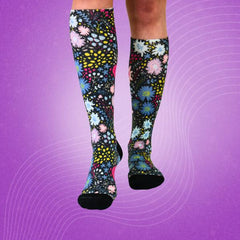
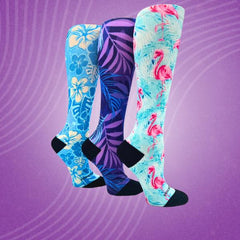
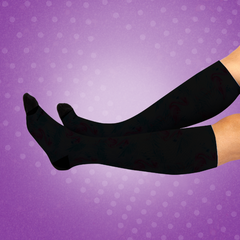

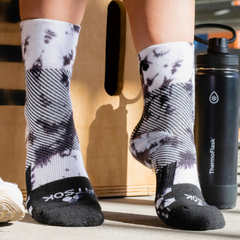
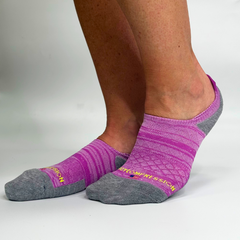

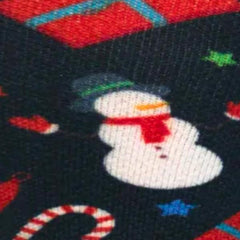

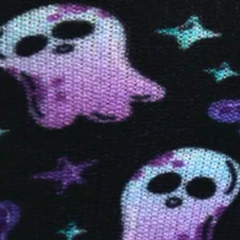
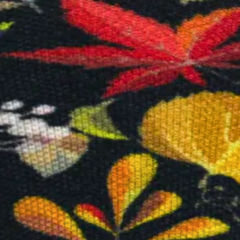

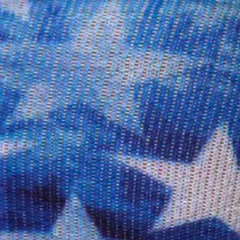


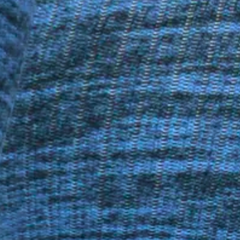
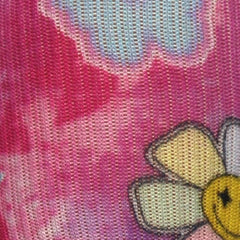

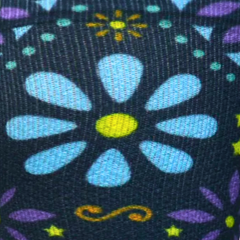
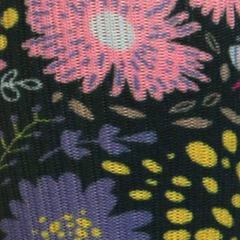
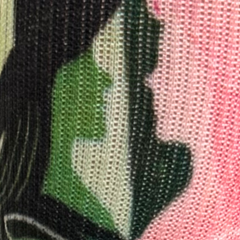
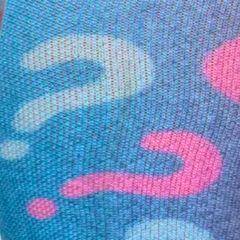
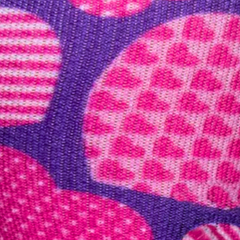
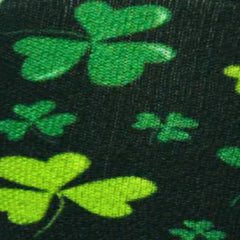
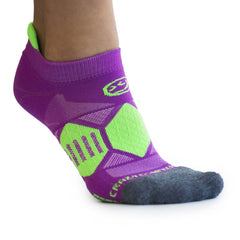

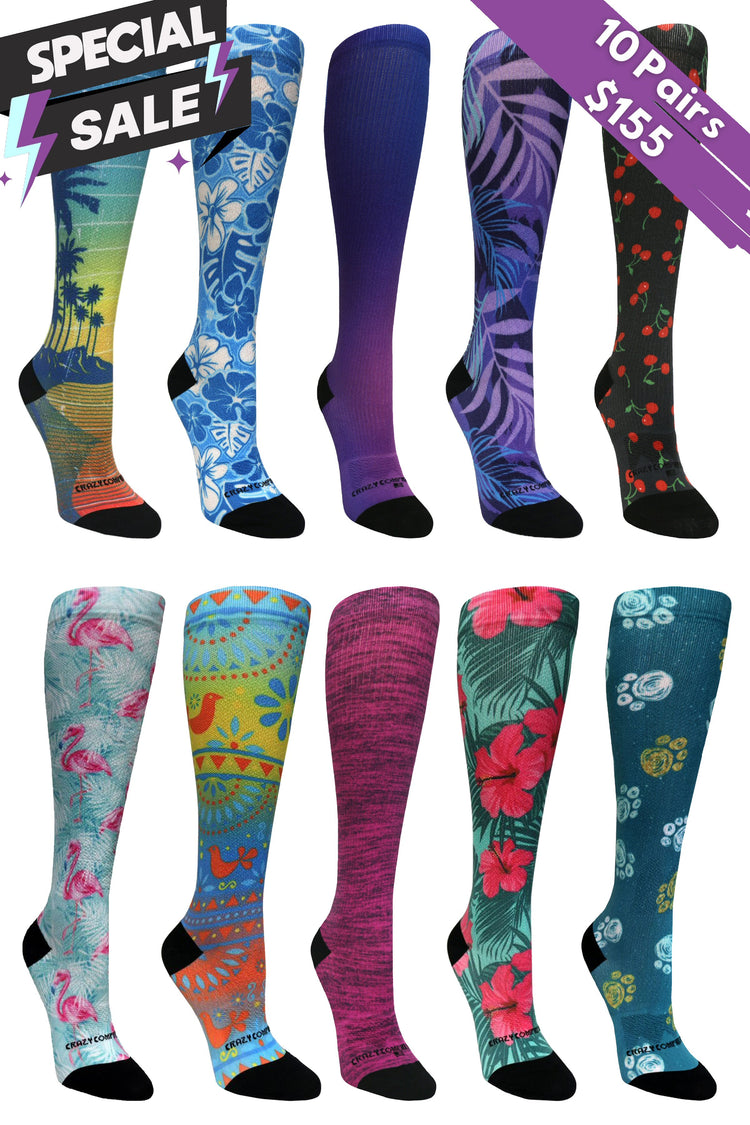



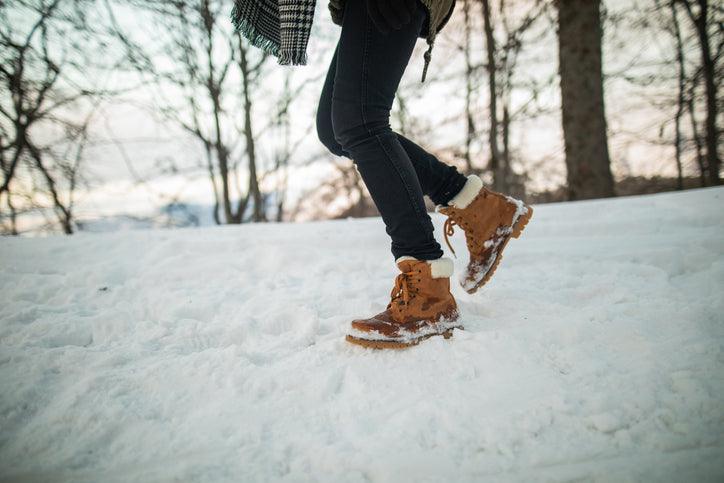
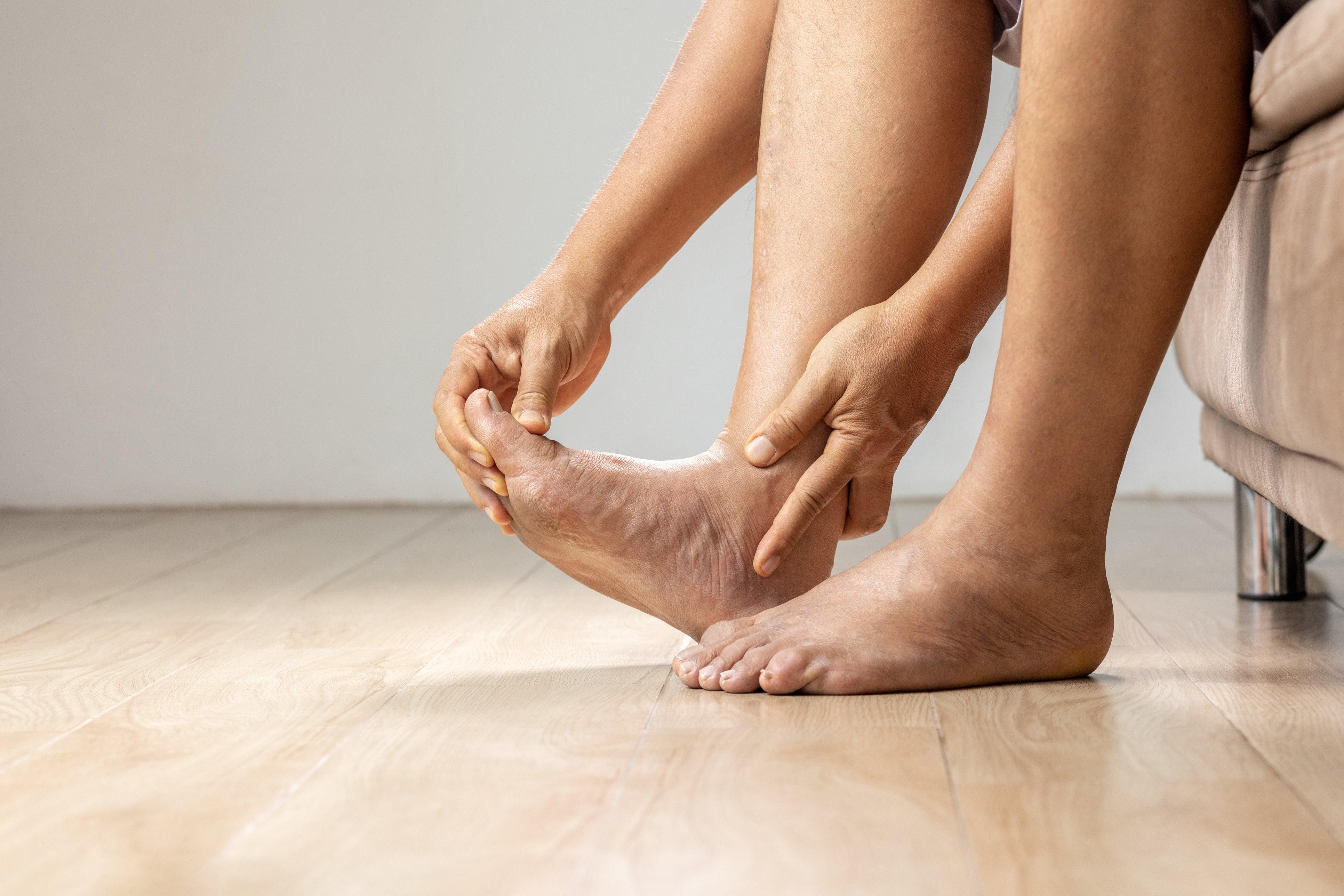
Leave a comment
This site is protected by hCaptcha and the hCaptcha Privacy Policy and Terms of Service apply.